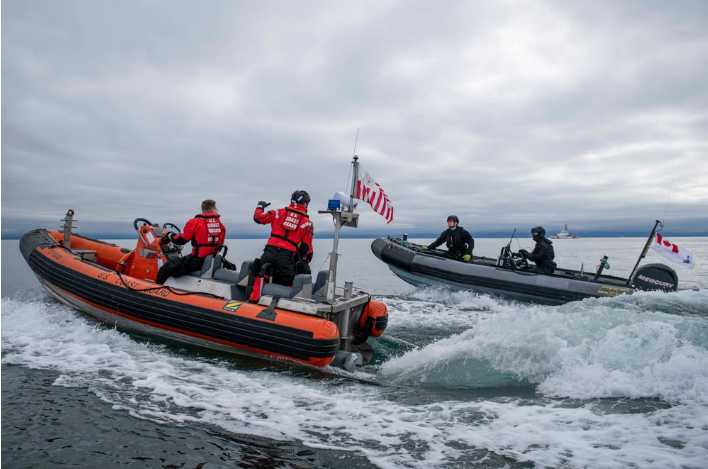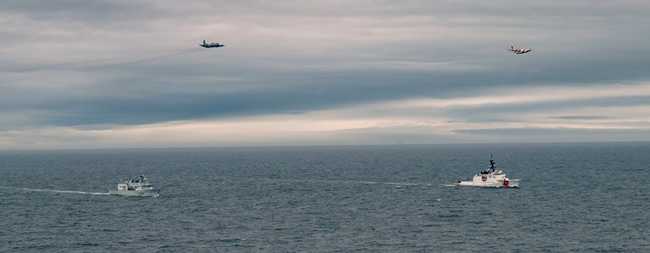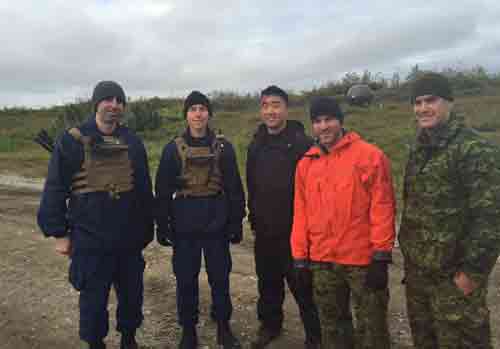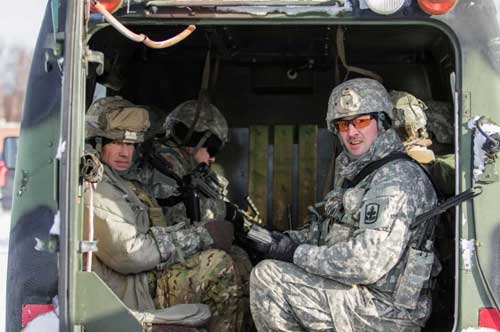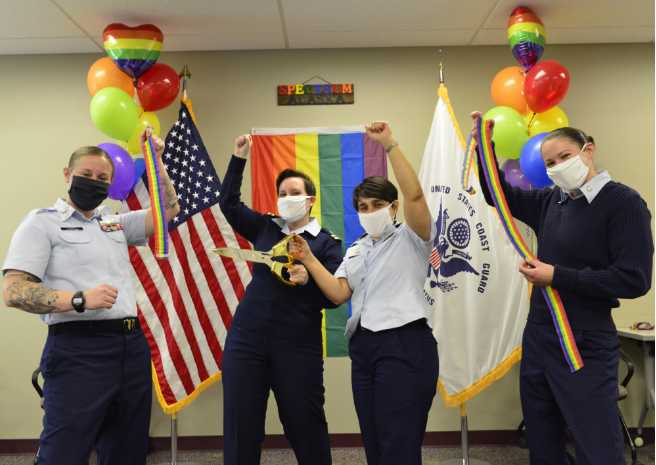[cycloneslider id=”arctic-chinook-2016″]
(Hover over slide to pause slideshow)
KOTZEBUE, Alaska — More than 1,000 personnel from the U.S. Coast Guard, Alaskan Command, Alaska National Guard, state and local agencies, tribal organizations and Royal Canadian Air Force participated in Exercise Arctic Chinook, a joint USCG and U.S. Northern Command-sponsored exercise on the U.S. State Department approved list of Arctic Council Chairmanship events.
Exercise Arctic Chinook’s scenario was an adventure-class cruise ship with approximately 200 passengers and crew that experiences an incident which degrades to become a catastrophe event requiring the need to abandon ship near Kotzebue with a mix of minor and major injuries.
“The Arctic is a region of emerging importance, where we are working with other federal agencies and our regional partners to safeguard stability and security,” said U.S. Air Force Gen. Lori Robinson, Commander North American Aerospace Defense Command and USNORTHCOM. “Exercise Arctic Chinook was designed to ensure close maritime coordination and unity of effort between international, interagency and industry partners in response to an emergency. The exercise offered us, and our trusted partners, an opportunity to anticipate, prepare for, and understand the challenges of a mass maritime rescue operation in the Arctic.”
[xyz-ihs snippet=”adsense-body-ad”]Arctic Chinook was a partnership field training exercise that tested our Arctic search and rescue interoperability as well as capabilities and limitations in the austere and remote Arctic environment, said U.S. Air Force Col. Chris Reifel, Alaskan Command Deputy Chief of Staff.
“We set the scale of these exercises on a level we can execute in order to test processes, procedures and capabilities,” Reifel said. “The scale is usually small, so that if a bigger event occurs, there are techniques and procedures that we’ve practiced that can be applicable to a larger scale.”
In this scenario, patients were evacuated via helicopter from the ship to one of two forward operating locations. One, to Nome, Alaska, was for minor or no injuries, and more severely injured patients were evacuated to the Kotzebue Maniilaq Hospital in order to receive medical treatment. Some of the passengers and crew evacuated the cruise ship via raft in order to reach shore. For those passengers and crew, pararescuemen with the 212th Rescue Squadron performed radio rescue coordination with Alaska Air National Guard HH-60 Pavehawks, Alaska National Guard UH-60 Blackhawks and the Royal Canadian Air Force.
The exercise also tested the use of an Arctic Sustainment Package, which is a pallet of supplies needed to sustain life for 24 to 48 hours in the severe Arctic environment. Reifel said the plan was to push the pallet out of the back of a C-17 Globemaster III, however, due to weather, that plan was cancelled and instead the aircraft landed at Kotzebue and the sustainment package was delivered to the FTX by helicopter. With austere weather, flexibility is vital for mission success.
“The importance of this exercise is that it gets people working together,” said Adm. Robert Papp (USCG ret.), Special Representative for the Arctic. “Two major accomplishments of the Arctic Council have been the Search and Rescue Agreement and the Oil Spill Response Agreement and agreements are great on paper, but we have to prove that they work and that’s what these exercises are about.”
“I think the most important part of the exercise is to bring countries together, to work with each other, so that when a real emergency happens you are not meeting people for the first time,” he continued. “People have been searching for an Arctic shorter sea route for about 500 years, and the reality is that it is becoming true and we need to be ready for the increase in human activity in the Arctic routes. There are many ways to get through the Arctic, but there is only one way to get to Asia and the west coast of the U.S. and that’s through the Bering Strait. The U.S. has to be prepared for the possibility of accidents occurring.”[xyz-ihs snippet=”Adversal-468×60″]

